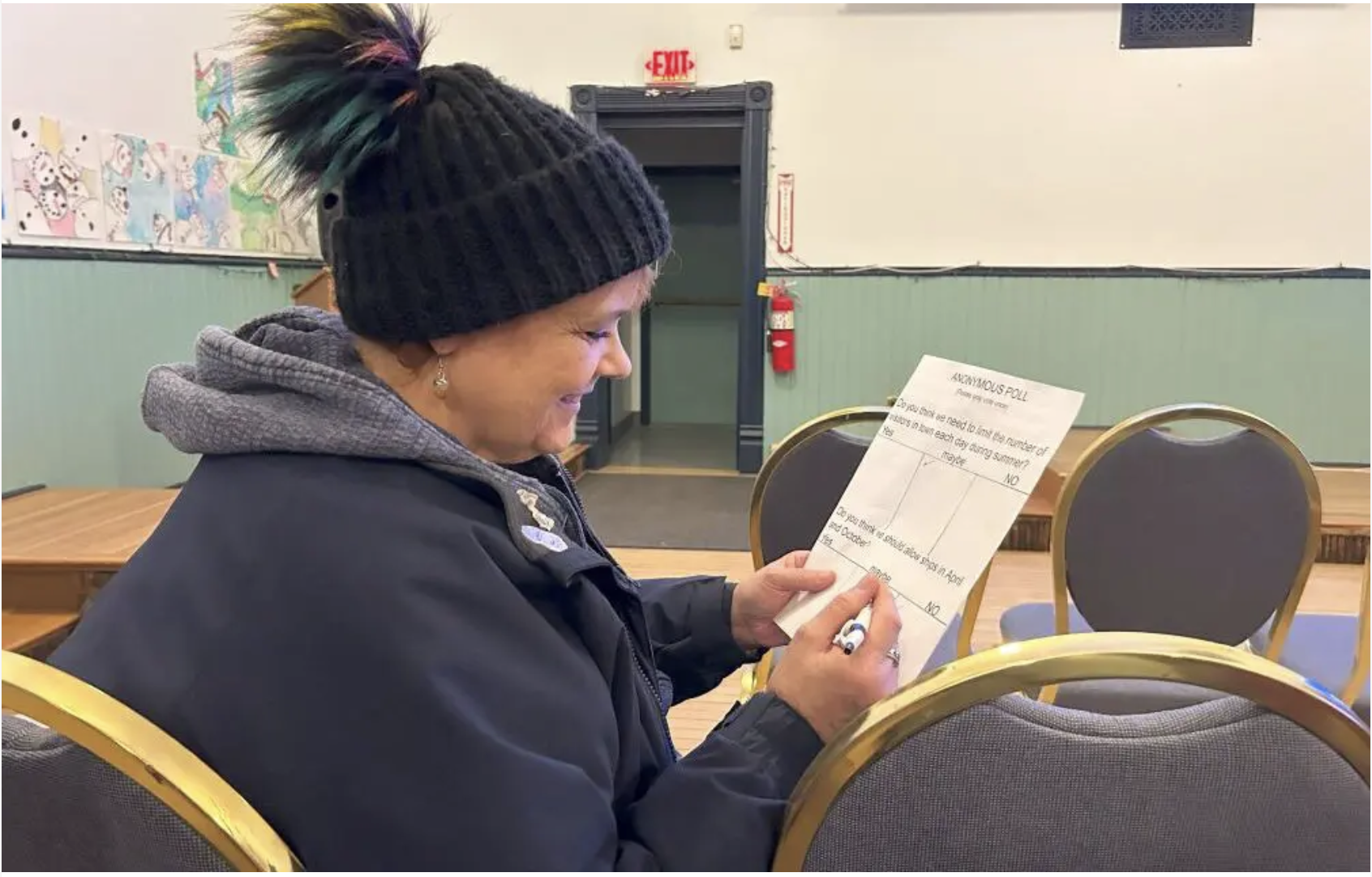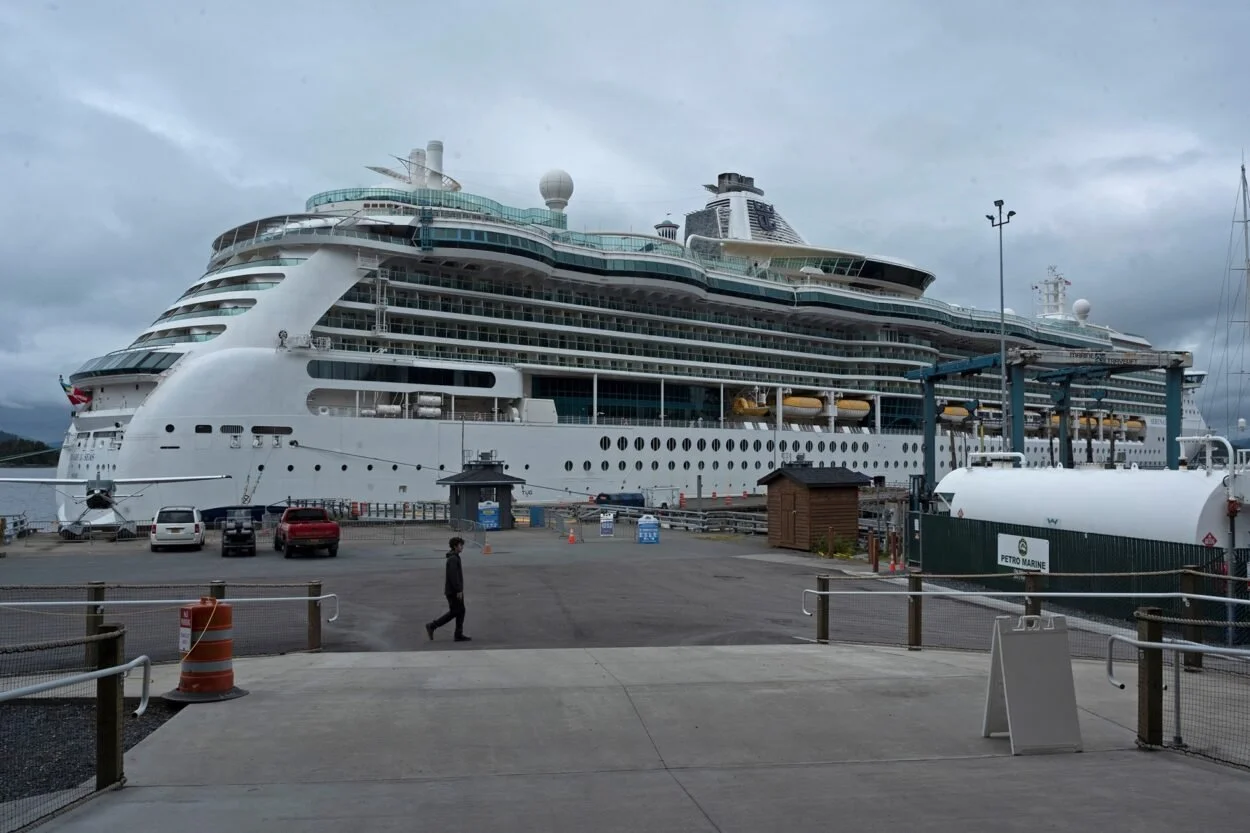It's Just Movies: Review of Cruise Boom by Bev Questad
/Know anyone who has gone on an Alaskan cruise this past year?
The new Klondike Gold Rush (1896-189) is The Alaskan Tourist Rush. With the recent opening of a private dock in Sitka, the inhabitants say, “Welcome!” But quietly they wonder, “At what point do we lose a lot of our spirit?” One thing is for sure, they have lost significant control of their city.
Here’s what happened. With a population around 8,400, the people in Sitka voted against establishing a public dock for cruise ships. However, someone owning the local shipyard contacted Royal Caribbean and partnered with them to build a private terminal. It was a good deal for the landowner but has proven to be a challenging ordeal for the community.
Now, without public control of the dock, the City and Borough of Sitka, which is governed by a Unified Home Rule system, realized they could not control how many ships or passengers came to Sitka, a two-island community accessible only by plane or boat. Plus, the town had no right to the docking fees.
As the baby-boomers have retired and taken to traveling around the world, Alaska offers a unique American experience. But the environmental effects of these mammoth ships and an influx of tourists in a minimum of 180 days on these tiny towns is an overwhelming challenge for the people living there. Over 379.000 cruise ship tourists visited Sitka the first year of their post-Covid cruise boom. Approx 560,000 passengers visited the second year.
Though there is some gratitude for the summer onslaught of tourist business in restaurants and souvenir shops, the Sitka people soon realized they needed to create a more robust infrastructure for electricity, waste management and accommodations for out-of-town seasonal workers. How could such a tiny town afford all this?
A PBS film, “Cruise Boom” investigates the many pros and cons besetting the Sitka residents. “Cruise Boom” is also now available online for free viewing (watch in below). Perhaps you will be motivated to get onboard for observing glaciers calving and wild animals treated well at sanctuaries. Your attendance at indigenous performances and cultural centers will hopefully re-invigorate the indigenous Alaskan heritage.
But the downside is also presented, and it may make you pause. “From Bar Harbor, Maine to Tahiti, French Polynesia, a global conversation is happening with communities working to decide what kind of tourism they want to see.” Whatever your point of view, directors Ellen Frankenstein and Atman Mehta have created a powerful film for you to ponder.
Link to It’s Just Movies Review of Cruise Boom
















